Market Share
Dermatoscopes Market Share Analysis
Companies operating in this market are employing various strategies to increase their market share in the dermatology and skin care industry as a result of the significant growth of the Dermatoscopes Market. The most promising one is differentiation which refers to companies that concentrate on new and advanced dermatoscopes. Research and development investments by such firms help in producing devices with imaging capability, ease of use improvement and readiness for digitalization. The only way firms can make themselves different from others is by providing unique and high-quality dermatoscopes that are state-of-the-art equipment preferred by dermatologists.
Pricing approaches are looked at extensively when positioning shares within dermoscopes markets. Other companies have adopted competitive pricing strategy where they position their dermoscopes as affordable alternatives yet with high quality product offering. The above method is especially effective within markets where dermatology practices and clinics operate under strict financial constraints. In general, lower-priced, but still limitedly efficient products may claim larger portions of the market, thus appealing quite widely to healthcare providers from various sectors. The Dermatoscopes Market is complex, necessitating strategic alliances. Partnerships between these companies and other players like medical imaging companies or dermatology clinics for purposes such as resource sharing, knowledge transfer among others can also be seen as collusive arrangements aimed at broadening distribution avenues. By virtue of such joint ventures, we come up with full health care system integrated solution whereby we combine our dermoscope with a number of complementary technologies or services. This kind of relationships therefore enable these organizations gain a wider presence in the market while ensuring that with regard to technology advancement in diagnostics it remains ahead. Another technique used by businesses seeks to address specific needs based on differentiation into marked segments depending on target patient groups or applications within this group; moreover, it may involve individual customization for each condition including melanoma, non-melanoma skin cancers, and inflammatory diseases. Companies that understand the needs of skincare professionals better than others can position themselves as experts; in addition, this approach will maximize market share for them in particular niches.
To acquire substantial market shares within dermoscopes markets, effective marketing strategies and promotional campaigns are very critical. There are various ways of doing this such as creating awareness about dermatoscopy’s benefits, illustrating what dermatoscopes can do and pinpointing their specific characteristics by means of education programs both to dermatologists and healthcare administrators. Differentiation to other companies dealing with similar commodities can be achieved through attending conferences held on matters concerning skin health including dermatology, publication of books or journals with information regarding new discoveries or findings related to its condition as well as availing the same information through digital media platforms. Through these channels, corporations are able to reach out to audiences more easily, establish their brands and claim greater shares of the respective markets. Companies that make up this market aim at expanding globally because it allows them getting into untapped territories resulting in an expansion in their overall Dermatoscopes Market coverage. Finding where melanoma diagnosis is widely practiced while seeking areas where people increasingly focus on healthy skin gives firms a chance to broaden customer base. Meanwhile, penetrating international markets is impossible without accurate knowledge concerning local regulations, cultural peculiarities as well as peculiarities of dermatological practice leading to sustainable commercial development.


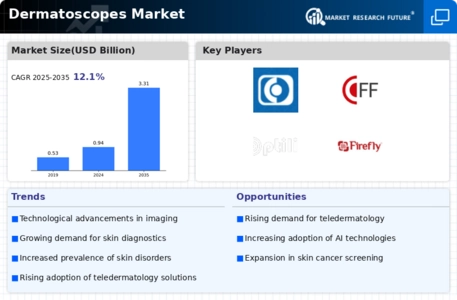
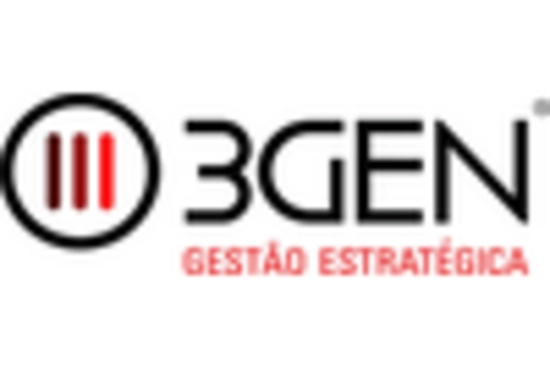
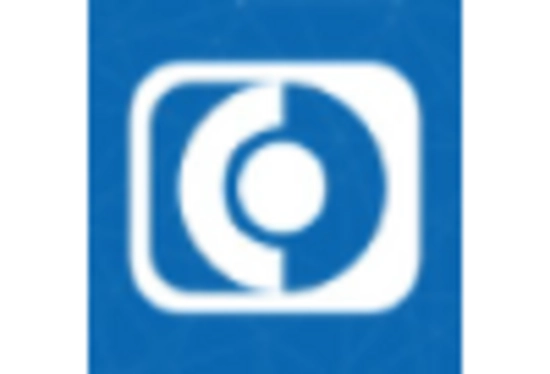
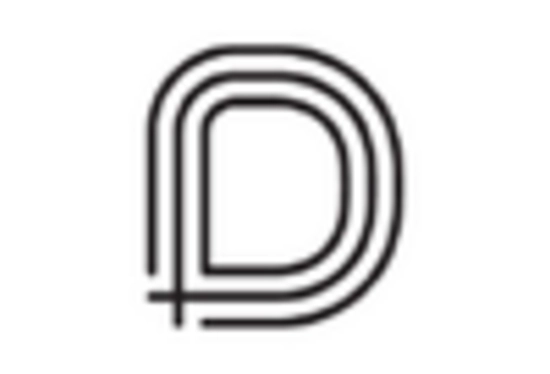
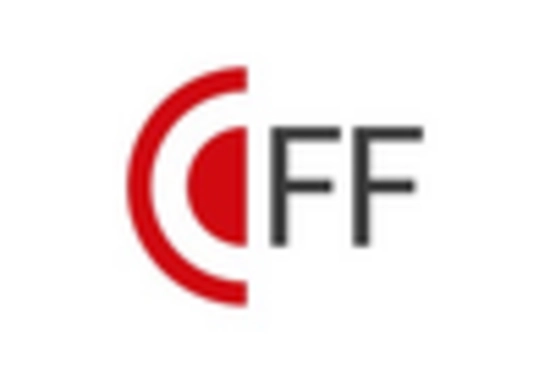
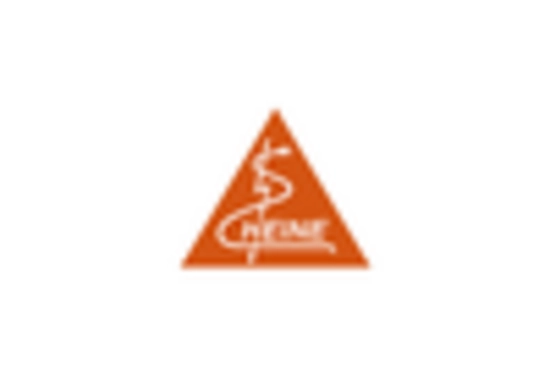
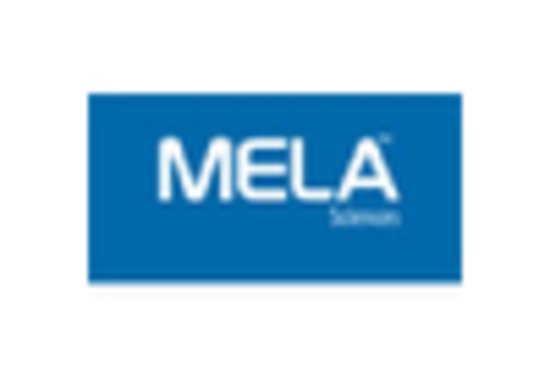









Leave a Comment